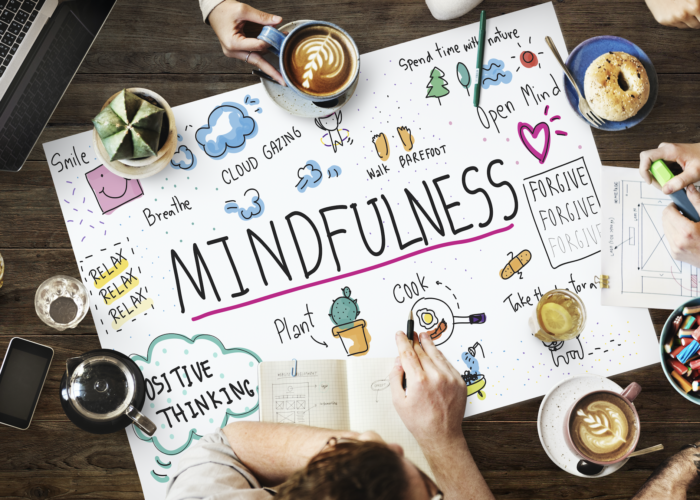Much is said these days about being “in the moment.” We long for the stillness that allows us to let go of the busyness of our lives. We yearn for an easier pace of life, and the opportunities to enjoy the simple things in life. The ephemeral moment is frustratingly hard to capture. The instant we go to observe the moment, it has already passed. Like the elusive electron circling the atom, in looking for it, scientists can only tell that it has been, and may come again, but they cannot actually capture it in any one location in space. Similarly, we demark time in increments by the ticking of a clock, but time is actually in a constant flow. Being in the moment is not about capturing any one instant in time. It is about connecting our consciousness to the flow of the many cycles and rhythms that create the environment of our experience. What we notice when we seek our experience of being in the moment is actually more like a sense of flow; a sense of the ever-shifting rhythms around us. We come to seek stillness, and instead we find movement, the cycle of thoughts as they stream through our brains, the constant ebb and flow of our breath, perhaps the pulsing of our hearts, the passing of the day, and other cycles of energy flow generated by the universe around us.
We are often contemplating the future. Concerns about the future can lead to apprehension, anxiety, and stress or compulsive/superstitious behaviors. Enthusiasm about the future results in hope or optimism. Or we may spend time in remorse or regret for the past, or, the flip side of living in the past may be reminiscent longing for the “Good Old Days.” In the flow, we do not experience these judgmental feelings of the past or of the future. Curiosity about the experience of the ever-moving flow evolves to senses of awe and wonder. Our consciousness fills with the experience of being, as we synchronize with the flow of energy around us.
The word moment is derived from the word momentum. Being in the moment refers to being connected with the momentum of the ever-changing flow around us. Being in the flow allows for the stream of consciousness that may be moving through the brain. Once we recognize this sense of flow in our brains, we can be more accepting of it. Thoughts move. Good ones and bad ones, they move on. The flow may shift from thoughts that we are generating, to thoughts that we are receiving, as we open our awareness and let it connect with the greater experience of being. Expanding the awareness allows us to synchronize with the flow.
Once we become aware that thoughts are our interpretation of a stream of energy flowing through our heads, specifically our brains, we may begin to discover ways to regulate this stream of energy flow. As we cultivate mindfulness through the practice of meditation, our consciousness awakens to a sense of clarity and a sense of self. We are able to use this sense of being in the flow to find and create our life’s purpose.




